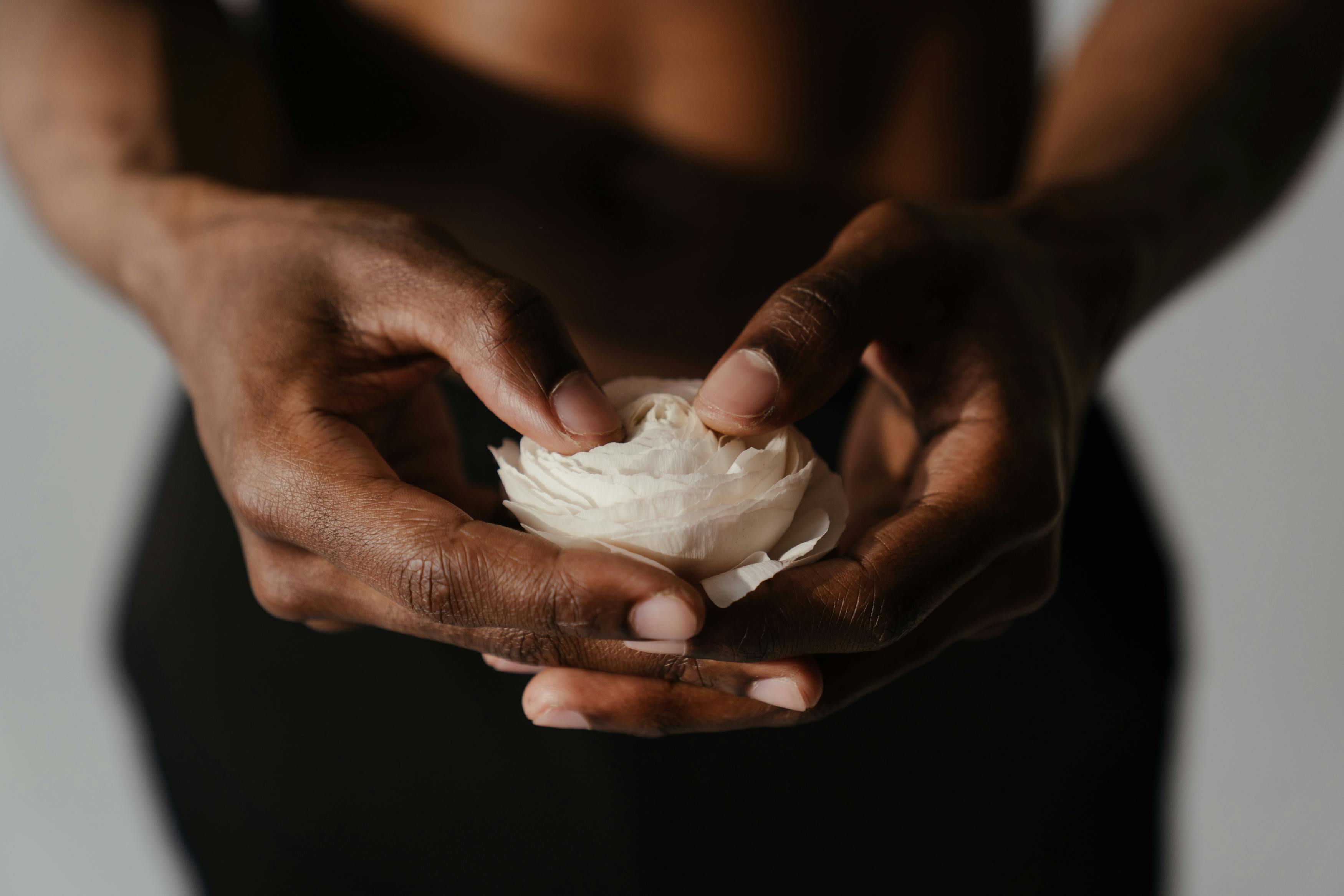Ranunculus bulbs are a bright and colorful addition to any garden. They come in a variety of colors and sizes and are sure to add color and beauty to any outdoor space. Planting ranunculus bulbs is fairly easy, but there are some important steps you need to take in order to ensure that they grow healthy and strong. This article will provide you with an overview of the process so that you can successfully plant your own ranunculus bulbs.A Ranunculus bulb is a type of tuberous root found on certain species of flowering plants in the Ranunculaceae family. The bulbs are typically small and round, and they serve as a food storage organ for the plant. They are planted in the soil during spring and may be left in the ground all year round in mild climates. When grown from seed, Ranunculus bulbs will bloom in late spring or early summer with a range of colors including white, yellow, pink, and red.
When To Plant Ranunculus Bulbs
Ranunculus bulbs should be planted in late summer or early fall. They require temperatures of at least 40°F (4°C) and may not survive winter if the temperature falls below this. Planting should take place in well-drained, fertile soil that has been amended with compost and other organic matter. The bulbs should be planted with the pointed end facing up, about three to four inches deep and spaced six to eight inches apart. Water well after planting and then water regularly during the growing season. If you live in a dry area, you may need to water more often. For best results, mulch around the plants as this will help retain moisture and protect them from extreme temperatures. Ranunculus bulbs prefer full sun but can tolerate light shade.
Preparing The Planting Area
When preparing a planting area for a garden, it’s important to remember that the soil and other environmental conditions need to be taken into account. It’s essential to begin with soil that has been tested and amended with organic matter and nutrients. Proper drainage is also important, as is choosing an area that receives enough sunlight for the plants you will be growing.
Once you have chosen an area, it’s time to start prepping the soil. Start by using a tiller or spade to remove weeds and loosen the soil. If necessary, add compost or other organic matter such as manure or peat moss to improve drainage and increase nutrients in the soil. After this step is complete, use a rake to level out the area and remove any debris.
Before planting, it’s important to make sure that all weeds have been removed from the area. This can be done manually or with herbicides if necessary. Make sure all of the roots are pulled out so they don’t compete with your plants for nutrients and water.
Finally, fertilize your prepared planting area according to the needs of your plants. Different types of plants require different amounts of fertilizer, so be sure you understand what your particular garden requires before adding any fertilizer or other amendments.
With a little bit of preparation and planning your planting area will be ready for planting!
How To Plant Ranunculus Bulbs
Planting ranunculus bulbs is not as difficult as you may think. With a few simple steps, you can easily have beautiful ranunculus blooms in no time. Here’s how to plant ranunculus bulbs:
Step 1: Select the right spot for planting your ranunculus bulbs. Ranunculus prefers well-drained soil and a sunny location. A south-facing window or other area with full sun will provide the best results.
Step 2: Prepare the soil for planting. Dig a hole about 4 inches deep and 6 inches wide. Add some compost or other organic material to the soil to improve drainage and aeration.
Step 3: Plant your ranunculus bulbs at least 6 inches apart, and cover them lightly with soil. Water the area thoroughly after planting.
Step 4: Place a layer of mulch over the area to help retain moisture and keep weeds at bay.
Step 5: Keep an eye on your ranunculus plants, and water them regularly. If you notice any pests, treat them immediately with an appropriate insecticide or fungicide.
Step 6: Once your ranunculus plants have finished blooming, let them die back naturally before removing them from the garden. This will allow the bulbs to replenish their energy for next year’s bloom cycle.
With proper care and attention, your planted ranunculus bulbs will reward you with gorgeous flowers for many years to come!
How Deep Should You Plant Ranunculus Bulbs?
Planting ranunculus bulbs is a great way to add a splash of color to your garden. However, it’s important to plant them correctly in order for them to thrive. Knowing how deep you should plant ranunculus bulbs is essential for achieving beautiful blooms.
When planting ranunculus bulbs, you should ensure that the bulbs are planted at least four inches deep in the soil. This gives plenty of room for the roots to develop and also helps protect the bulbs from chilly temperatures or other extreme weather conditions. It is also important to make sure that the soil has good drainage, as ranunculus does not do well in standing water.
When you are planting ranunculus bulbs, you should also take care to space them properly. Plant each bulb about four inches apart from one another, ensuring that they will have enough room to grow. Additionally, be sure that they are planted in an area with plenty of sunshine; though they can tolerate some shade, ranunculus will bloom best when provided with at least six hours of direct sunlight each day.
Finally, once your ranunculus bulbs have been planted, it’s important to keep up with regular watering and maintenance throughout the growing season. Watering deeply once a week should be sufficient; however, you may need to water more frequently if your area experiences high temperatures or low rainfall amounts during any given month. Additionally, fertilizing your plants several times throughout the season can help promote healthy growth and flowering.
By following these tips on how deep you should plant ranunculus bulbs and providing proper care throughout their growing season, you can ensure that your plants will thrive and produce beautiful blooms for many years to come!

Spacing Requirements For Ranunculus Bulbs
When planting ranunculus bulbs, it is important to ensure that the proper spacing requirements are met. This will ensure that the bulbs have enough room to grow, allowing them to reach their full potential. The spacing requirements for ranunculus bulbs vary depending on the variety being planted. Generally, most varieties require a spacing of 6-8 inches between each bulb. For larger varieties, a spacing of 8-10 inches may be required. It is also important to note that ranunculus bulbs should not be planted too deeply in the soil; they should only be planted about 2-3 inches deep. If planted too deeply, they may not receive enough sunlight and may not grow properly.
It is also important to remember that ranunculus bulbs can be quite fragile and delicate, so care must be taken when planting them. Planting them too close together can cause overcrowding and reduce airflow around the bulbs, which can lead to rot or disease. Additionally, planting them too far apart can make it difficult for their roots to spread out and absorb moisture and nutrients from the soil properly.
Overall, when planting ranunculus bulbs it is important to ensure that the correct spacing requirements are followed. This will ensure that they receive enough sunlight and moisture and have enough room to reach their full potential. With proper care and attention, these beautiful flowers will thrive in your garden!
Watering Your Ranunculus Bulbs
Watering your ranunculus bulbs is an important part of keeping them healthy and ensuring they bloom. The bulbs need to be watered regularly and deeply, so that the roots can reach down into the soil and absorb the moisture. When watering, it’s important to avoid overwatering or underwatering the bulbs. Too much water can lead to root rot and too little can cause the flowers to dry out or wilt. To ensure your ranunculus bulbs are getting enough water, check the soil around the bulb before each watering. If it feels dry, then it’s time to water.
When watering your ranunculus bulbs, use room temperature water for best results. This will help keep the roots from getting too cold or too hot. Water thoroughly until water runs through the drainage holes in the pot or container. After that, allow the soil to dry out slightly before watering again. You’ll know when it’s time to water again when you stick your finger into the soil and feel that it’s dry a few inches down. Avoid over-watering as this can cause root rot and other problems with your plants.
In addition to regular watering, you should also fertilize your ranunculus bulbs during their growing season. Fertilize with a balanced fertilizer such as 10-10-10 every two weeks during their growing season for best results. This will help ensure that they have all of the nutrients they need for healthy growth and blooming of flowers.
Fertilizing Your Ranunculus Bulbs
Fertilizing your ranunculus bulbs is an important step in ensuring a successful bloom. When planting the bulbs, it’s best to use a balanced fertilizer such as 10-10-10. This will help ensure that your plants get all the essential macro and micro nutrients they need to thrive.
Once the bulbs are planted, you should continue to fertilize them throughout their growth cycle. The amount of fertilizer should be adjusted based on the age of the plants and the size of the pots they are growing in. Younger plants will need less fertilizer than older plants, while larger pots will need more.
It’s also important to know when to stop fertilizing your ranunculus bulbs. As the plants approach flowering, you should reduce or stop fertilizing altogether. This will help prevent over-fertilization and ensure that your blooms come out beautiful and vibrant.
When fertilizing your ranunculus bulbs, it’s important to use a water soluble fertilizer such as Miracle Gro or Peters All Purpose Plant Food. Avoid using slow-release fertilizers as these can cause an imbalance in nutrients which can lead to stunted growth or disease in your plants.
Finally, always remember to read and follow instructions on any fertilizer labels you use when caring for your ranunculus bulbs. Properly fertilizing your plants is an essential part of their care and can make all the difference in producing abundant blooms!

Conclusion
Planting ranunculus bulbs is a great way to bring a splash of color to your garden. Ranunculus bulbs are easy to grow and require minimal maintenance, making them an ideal choice for first-time gardeners. When planting ranunculus bulbs, it is important to ensure that they are planted at the right depth and in well-draining soil. Additionally, it is important to provide the bulbs with adequate water and light. With a little care and attention, you can enjoy beautiful blooms from mid-spring through early summer.
Ranunculus bulbs are an excellent choice for gardeners who want to add a splash of color to their outdoor space. With minimal effort and upkeep, you can create stunning displays of color in your garden or patio area. So why not give ranunculus bulbs a try?

